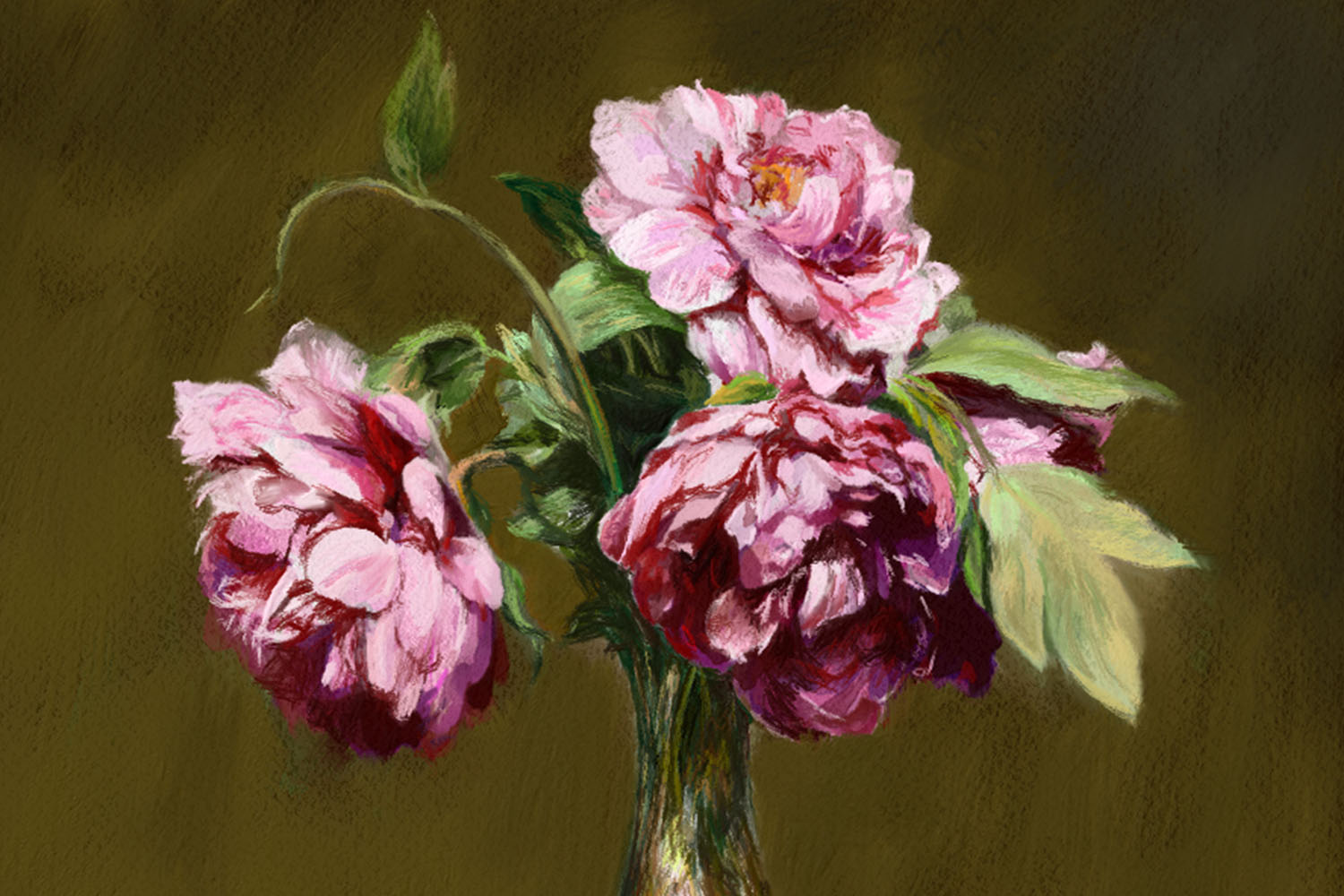With pleasure, we are bringing you a comprehensive interview with an exceptional lady whose tutorial series full of deep thoughts about art impressed us immensely.

EM: Khobe, it’s a great pleasure to speak with you today! Thank you for taking the time to do this.
Khobe: Let me begin by thanking the whole Escape Motions team for giving me the opportunity to express my thoughts on your blog. I consider Rebelle and the other art applications you offer as your own brand of masterpieces and legacy to the art world. I’m happy to share with you and anyone of the artistically minded crowd, a glimpse of my intimate universe. I had good reasons to pick such a title because my basic intent is to aim a beam of light more on the subject on my art rather than my little self. My endless passion for art and culture is the driving force behind what I do, it is a cardiac fire that cannot be explained but experienced from within. To bring the fruits of this mysterious alchemical process to the fore is my job as an artist. I would say it’s not only mysterious, but it’s also mystical in my case. This makes my perceived personality rather strange and boring for people mainly interested in the things of the break neck speed world, these other things which in turn I tend to find strange - so it’s kind reciprocal and it’s all okay by me.
First, I’m not only classically trained in the visual but also enjoyed a formal training in the musical arts, the way I feel and understand them are not separate for me. They involve different techniques naturally, but their empirical rules at the conceptual level are the same. Studying and researching deeply into these art expressions made me dive into art history, sacred geometry, sound engineering, epistemology, and metrology to name a few. Needless to say, I keep them in the background like a search engine for resonating analogies to be captured in the manifest ephemeral. I told you it would be boring! Nevertheless, I will do my best to answer the questions, to share this vision stemming from what I gleaned in my art journey.
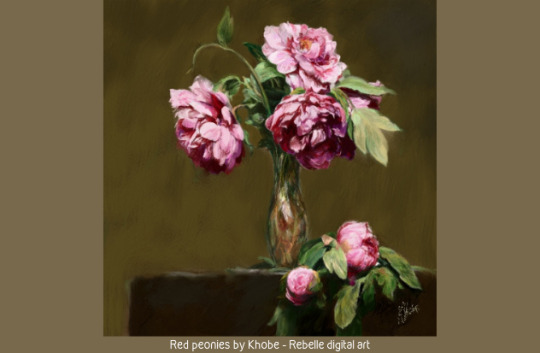
EM: Thank you for your nice introduction, Khobe. Could you tell us how did you come across art? What’s your story?
Khobe: In a nutshell, I would say art came across my path pretty early. Since anyone or anything my five senses came into contact with for as long as I can remember, triggered powerful streams of emotional and atmospheric textures associated with smells, shapes, colors, and sounds. At the age of six, I felt a powerful urge to express this the way it came and made sense to me. I believe my familial surroundings were also very influential for my natural tendencies from a genealogy of technically minded artists, amateurs and pros. At this tender age, I didn’t ask for any kind of training, I just made a serious decision and taught myself to do it, like sometimes a little child does. I was always sociable but loved playing alone for hours on end. So I started to draw incessantly and play by ear to explore possibilities, to feel and figure my way into the arts. I tried to imitate and reproduce what I admired most. My parents had the wisdom to let me do it my way, never forcing me into formal training, only exposing me to different artforms and great works of art. They trusted when I would feel the need for something more formal, I would go for it myself and I did. This freedom allowed me to dodge a kind of neurosis too common in artistic people, giving me the confidence to follow my paradoxical nature in a creative manner.
EM: You create wonderful pieces of art - both digital and traditional. What technique/medium do you prefer?
Khobe: Do I really have to choose? Honestly, for me, this is not the kind of choice I bother with, because it’s such a deeply relative and ambiguous question needed to be resolved simply. The way I see it if this or that kind of artistic way or tool works to get the results you envision, go for it. I find it’s the spirit of art that matters because artists depend on the times, the locality, the cultural surroundings they live in. Matters also is the availability of and access to good quality teaching. All of the above inevitably come into the mix. In a word, I don’t confuse the tools and the technical aspect of artwork for the meaning of its message. Techniques evolve but art doesn’t - it is forever eternal everywhere. Etymologically tradition means the transmission, whatever the means it’s the transmission of artistic spirit and knowledge that counts.
The more you earned an erudite culture and received a solid art education the more will your sensitivity be open to its semantic narrative, bringing forward the authentic meaning, the message to be decoded, the metaphor or allegory of what is conveyed and evoked, consciously or unconsciously. Don’t get me wrong, I have the utmost respect for technical mastery of all artistic skills, I always strive for it. I consider the “technical” unless presented for itself to be more a slave to the literal aspect of work - must yield, support and never be allowed to compete for attention against the context of art as a symbolic language. This point is totally crucial for me. Only then are we permitted to enter soundly the other realm of the abstract I appreciate also: the intellectual one. Note art is rooted in the dynamic modulation of feelings, it is the watery reflections and navigation of the impressionable and receptive individual and collective soul. Only a mature artist with a transcendent poetic mind has the power to unite these realms deservedly with art’s humble means, is capable of creating unlikely great and epic art. Great masters like Vermeer, Rembrandt, Turner, Levitan, Sargent or Mary Cassatt are iconic examples, even a crazy genius like Van Gogh. Like so many other lesser-known or unknown but none the greater masters who paved the way for us, we owe a virtuous debt to pave the way for future generations of artists.
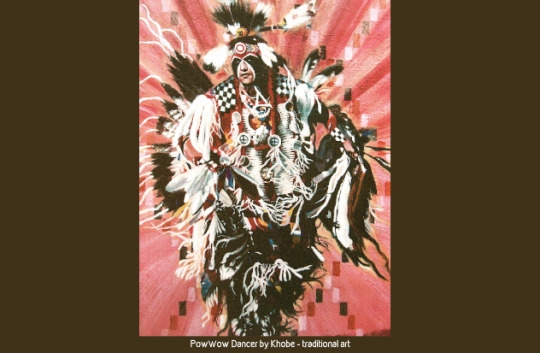
See, this is the traditional secret of the old masters, they painstakingly hid their know-how behind their softening genius, integrating with their rendering the intellectual, the sense field and the technical seamlessly. Making the hard and unsophisticated parts invisible, hidden behind their refined science engineering (I dare say and don’t use these words lightly), to show only what they wanted us to come into contact with. To guide the mind in the magical theater of creative imagination without undue distractions, is an old science buried in the heart of art (each generation of masters adds to this knowledge). With this mastery of suggestion they used and taught, they could also use so well in the opposite manner sometimes, leaving the work apparently unfinished or in the raw to express and run our imagination to wild and urgent emotional landscapes.
Keep in mind, to learn and understand the technical quality invested into a classical masterpiece (most would find this exercise rather dry) is in itself a field of intense study, not a bag of tricks.
Photography and the cinematic arts owe everything to the classical great masters since they follow the same visual rules they taught. Also thinking of matte and concept painting here and the anonymous contemporary great masters working academically behind the cinematic and videography scenes. Unfortunately for our demise publicity, like too many in the entertainment business and all manner of communication industries, have weaponized that science of psychological suggestion and entrainment (into mind control of the masses), shamelessly using this knowledge very far from wisely like the great masters did as a cultural mass educational tool for reminding us to higher consciousness.
I would underline that digital tools are great to renew tradition and make new artistic explorations, I intend to fully use them every time I need to make art studies or even final artworks, I find them quite satisfying technically and artistically.
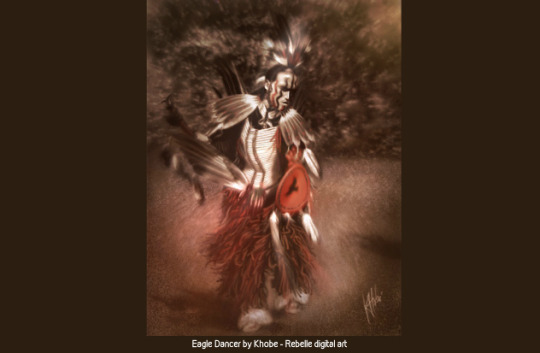
EM: You created fantastic in-depth fine art sketching tutorials that are available for download at the bottom of this interview. What was your motivation?
Khobe: Would you believe my only excuse for this is I’m a closet academic art teacher wanting to get out. Joking aside, I wrote those tutorials to stir and entice, to make available to young and older artists alike of any level, trained or untrained it doesn’t matter, a taste of the wonderful teachings I was privileged to receive. It was a way of sending a signal academic art is not dead, but needs to take the next step with the push of a broadminded new generation of masters. I’m aware the classical craft cannot be taught in three PDFs, they would have to be a lot lengthier, and still without the pretension of replacing live instructions from a master. But who knows maybe a genius in the bud could turn them into a powerful learning tool. Everything I find essential in art was put in them. And for all they’re worth, maybe can inspire and fan the artistic flame in anyone interested, this condition met I would consider my efforts successful. I also consider they might not be everybody’s cup of tea.
EM: Is there anything you’d like to say to budding artists?
Khobe: Art is a wonderful and dramatic mix of heart and sweat, a passionate caring of beautiful dream seeds, to plant, grow and be shared with an often clueless populous in dire need of it. Because looking is not seeing and hearing is not listening, your art might not be understood at first but always should be felt. Never knowing how it will be received, or how it could touch inside whoever will come in contact with your art. It can amaze for a while then be forgotten for a while, it will be retrieved eventually in other times and places by kindred souls if it is genuine (needn’t be classical), passing on the artistic spirit down the generations.
At its best, artistic culture braids a wide and long chain of souls in love with the sublime Law of Harmony, from the invisible realms to the visible, back again into the invisible as the cosmic wheels turn. Demanding faith and faithfulness, involving certain constraints, discipline, and sacrifice (what honest work doesn’t) but giving back a thousandfold what you invest in it, making it very much worth your while. I make art first for myself but then I let it go selflessly and gladly, trusting it will communicate it’s subtle healing benefit for other souls.
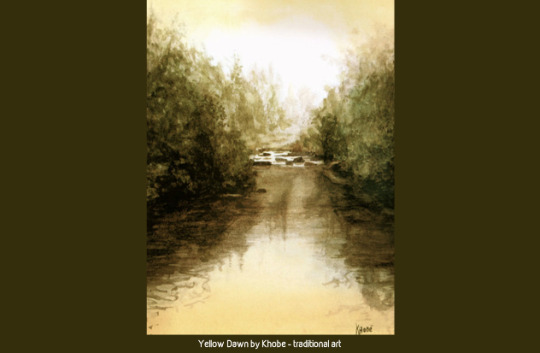
Download Fine Art Sketching Tutorials made by Khobe:
- Digital Painting in Rebelle Vol.1
